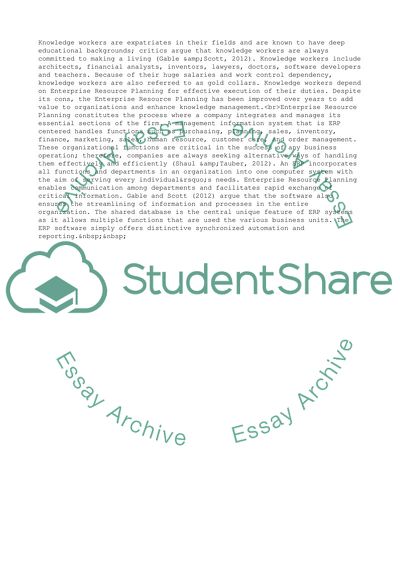Cite this document
(Knowledge Worker Information Systems Literature review, n.d.)
Knowledge Worker Information Systems Literature review. Retrieved from https://studentshare.org/business/1843131-knowledge-worker-information-systems-literature-review-terence
Knowledge Worker Information Systems Literature review. Retrieved from https://studentshare.org/business/1843131-knowledge-worker-information-systems-literature-review-terence
(Knowledge Worker Information Systems Literature Review)
Knowledge Worker Information Systems Literature Review. https://studentshare.org/business/1843131-knowledge-worker-information-systems-literature-review-terence.
Knowledge Worker Information Systems Literature Review. https://studentshare.org/business/1843131-knowledge-worker-information-systems-literature-review-terence.
“Knowledge Worker Information Systems Literature Review”, n.d. https://studentshare.org/business/1843131-knowledge-worker-information-systems-literature-review-terence.


